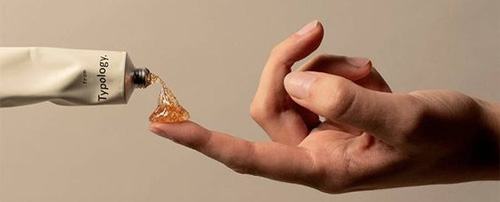Polycystic Ovarian Disorder (PCOD) is a common hormonal condition that affects many women of reproductive age. It not only disrupts menstrual cycles but also brings with it a range of skin-related concerns. If you’ve been struggling with irregular periods and unexplained skincare issues, PCOD might be the underlying cause. Let’s explore how these three aspects are interlinked and ways to manage them effectively.
Understanding PCOD and Its Impact on Hormones
PCOD occurs when the ovaries produce excessive androgens (male hormones), leading to an imbalance in the body. This hormonal disruption affects ovulation, often resulting in irregular menstrual cycles. In turn, these hormonal shifts can have a direct impact on the skin, causing problems like acne, excessive oiliness, pigmentation, and even hair loss.
How PCOD Affects Menstrual Cycles
Irregular periods are one of the most common symptoms of PCOD. The hormonal imbalance disrupts ovulation, leading to menstrual irregularities such as:
- Missed or delayed periods
- Heavy or prolonged menstrual bleeding
- Absence of periods for months (amenorrhea)
Since menstrual cycles are regulated by hormonal fluctuations, any disruption can impact overall health, including skin conditions.
PCOD and Skincare Problems
Hormonal fluctuations in PCOD can lead to several skin-related concerns, including:
1. Acne Breakouts
High androgen levels stimulate excess sebum (oil) production, leading to clogged pores and persistent acne, particularly along the jawline and chin.
2. Oily Skin
Androgen dominance also causes overactive sebaceous glands, making the skin look greasy and more prone to breakouts.
3. Hyperpigmentation
PCOD can cause insulin resistance, which may lead to dark patches on the skin, particularly around the neck, armpits, and inner thighs.
4. Excessive Facial Hair (Hirsutism)
Increased androgen levels may trigger the growth of coarse hair on the face, chin, chest, and back.
Managing PCOD for Better Menstrual and Skin Health
While PCOD cannot be completely cured, it can be effectively managed with the right lifestyle choices. Here are some steps to regulate periods and improve skin health:
1. Maintain a Healthy Diet
- Reduce processed and sugary foods to balance insulin levels.
- Include anti-inflammatory foods like leafy greens, nuts, and omega-3-rich foods.
- Drink plenty of water to keep your skin hydrated and reduce oiliness.
2. Regular Exercise
- Engaging in activities like yoga, walking, and strength training helps regulate hormones and improve circulation, benefiting both periods and skin.
3. Skincare Routine for PCOD
- Use gentle, non-comedogenic cleansers to control excess oil.
- Apply products with salicylic acid or benzoyl peroxide for acne-prone skin.
- Incorporate sunscreen to prevent hyperpigmentation and maintain even skin tone.
4. Stress Management
- Chronic stress can exacerbate hormonal imbalances, leading to irregular cycles and skin flare-ups. Mindfulness practices like meditation and deep breathing can aid in stress reduction.
5. Medical Support
- Consult a gynecologist or dermatologist for proper diagnosis and treatment options such as hormonal therapy or medication to manage PCOD symptoms.
Final Thoughts
PCOD is a complex condition that impacts not only menstrual health but also skin quality. By making mindful lifestyle changes, following a balanced skincare routine, and seeking medical advice when needed, you can effectively manage these symptoms. If you’re dealing with period irregularities and persistent skin concerns, understanding the PCOD connection can be the first step toward a healthier you.


